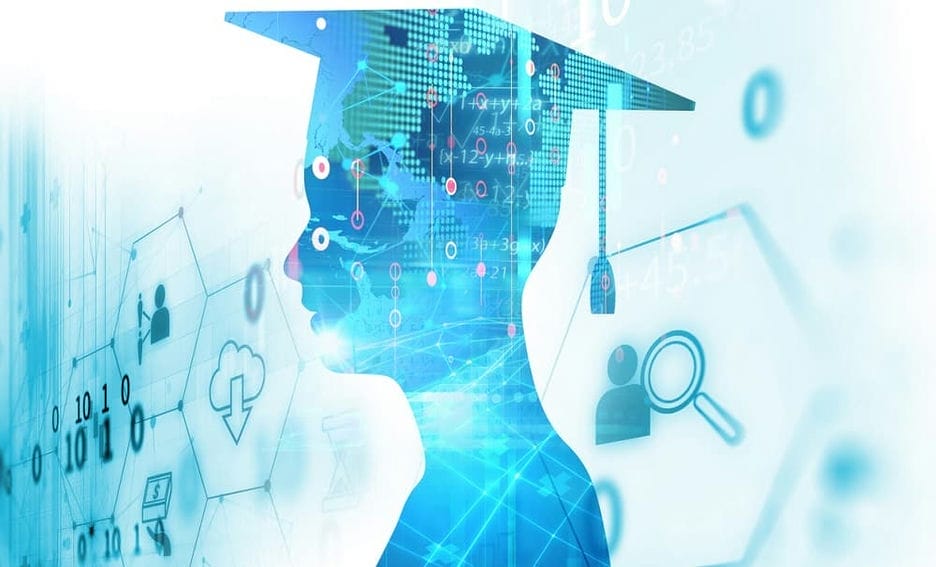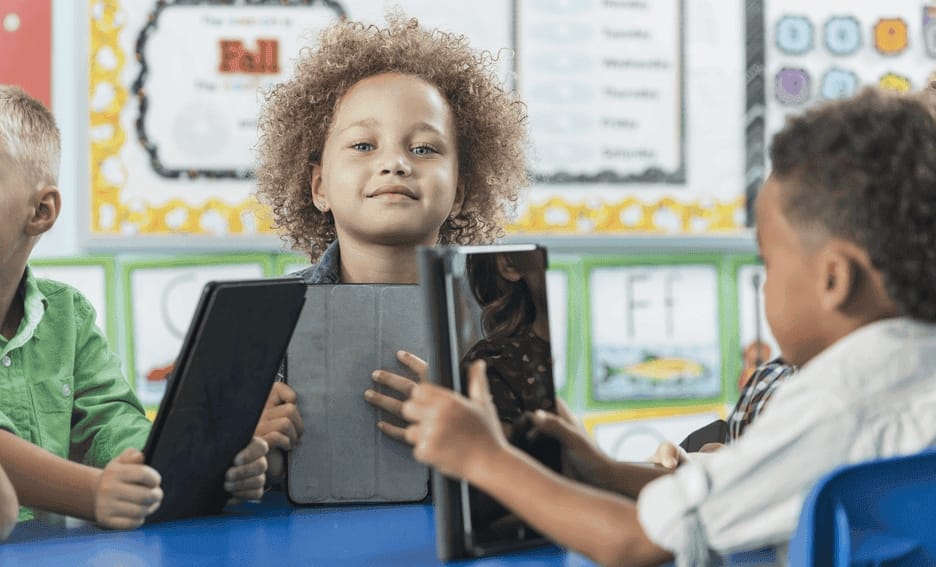Artificial intelligence. Failing industries. An uncertain future.
It sounds like the tagline for a sci-fi movie set in a dystopian society. Truth is, this future may be closer than we think.
Take the retail industry. The rapid expansion of online retail services like Amazon, has all but upended traditional brick-and-mortar stores. As Fox Business reports, 300 companies, both large and small, have shuttered their stores in 2017, signaling a possible “retail apocalypse.” That’s a scary premonition, especially considering that one in ten Americans works in retail.
The American economy stands to look very different in 20, 10, even five years. The transformation of retail is but a harbinger of the changes soon to come.
While it’s impossible to predict with any degree of certainty what these changes will mean, one thing is clear: America’s schools will play a central role in preparing students for what’s next.
The future is now?
Former superintendent Dr. Philip Lanoue is a big believer in preparing students for the future.
In a recent talk with school leaders, Lanoue suggested creating a “learner-centric culture.” “We cannot do our work in the same way, because our children won’t live in our world,” he told attendees.
Want more on technology and the future of learning? Sign up for the TrustED newsletter.
But what will this new world look like?
As Benjamin Herold writes in Education Week, many futurists believe that the increasing capability of robots and artificial intelligence to do not only labor-intensive work, but also jobs requiring deeper reasoning, means that a range of jobs could disappear in the coming years—from cash register operators to truck drivers to lab technicians.
This could lead to many workers—blue- and white-collar alike—being virtually (or literally) unemployable, say some experts.
While some futurists and economists aren’t as dire in their predictions, virtually everyone agrees that to prepare students for their future, requires access to specific skills.
As Herold writes:
“Elite-level technical abilities, the probing mind of a scientist, and a deft human touch: That’s the experts’ best guess about the combination of traits that will guarantee rewarding employment in tomorrow’s economy.”
Beyond STEM
Some suggest the best answer is more STEM and coding programs in schools.
Emerging programs featuring robotics, artificial intelligence, and computer programming aim to whet students’ appetites for a changing future—and not just in terms of technological skills.
As Lisa Rode, a sixth-grade teacher in Fairfax, Va., tells Education Week about her decision to include robot-centric lessons in her classroom:
“Students gain a little bit more independence and flexibility in their thinking because it’s things they’re not used to doing. When we built our robots on the first day of school, the students had a lot of pride in their work—they’re more motivated when they’re using their robots.”
So, how can educators ensure that students have the tools and knowledge to succeed in a future that’s nearly impossible to predict?
Says Lanoue:
“The answer necessitates a change in the conversation—one that puts our children and young adults at the center of their own learning experiences, and gives them access to the tools and resources they need to take the reins of their academic future.”
What steps is your school or district taking to prepare students for their future? How do you use technology in your classrooms? What does that engagement look like? Tell us in the comments.

